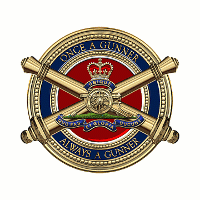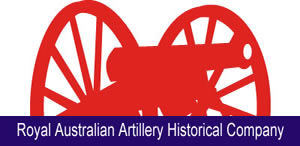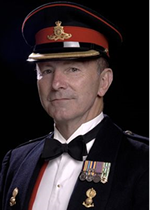In 1957, the morning after the Sputnik launch by the Soviet Union, a tiny Sputnik appeared at first light on the parade ground. In 1958, the Cork Block Cavern was constructed. In 1959, horses mysteriously appeared in a new fenced off area across the river to be used for Pentathlon activities. In 1960, Staff Cadet Becker portrayed a Soviet spy being murdered in the middle of Civic Centre amidst much ox blood and chaos. Certainly, there were other suspects in all of this, but there was little doubt about who provided the inspiration and the leadership. And these were just some of the extra-curricular bits!
Post-graduation, Warwick attended Royal Melbourne Institute of Technology (RMIT) where he did well and was also able to follow his interest in gymnastics, even providing public displays with his friend, Frank Lehman. He also worked with the Victorian Police in order to follow his equestrian interests and managed to graduate from their Mounted Police training and even direct traffic downtown whilst mounted and wearing a Light Horse uniform.
After RMIT, Warwick was posted to the 111th Light Anti-Aircraft Battery, but was left behind, as he put it “to clean up” when the battery deployed to Malaysia. Shortly after in 1964, he was posted as Troop Commander Radar Troop and Instructor to the School of Artillery. Here he first met a number of the people he would command in Viet Nam.
After RMIT, Warwick was posted to the 111th Light Anti-Aircraft Battery, but was left behind, as he put it “to clean up” when the battery deployed to Malaysia. Shortly after in 1964, he was posted as Troop Commander Radar Troop and Instructor to the School of Artillery. Here he first met a number of the people he would command in Viet Nam.
On return from Viet Nam in 1968, Warwick spent two years at the School of Artillery as Instructor Locating Wing. This was followed by attendance at the Royal Military College of Science in the UK where he completed their guided weapons course, and this was the beginning of his long association with the Rapier Guided Weapons System.
Apart from a year at the Staff College at Queenscliff in 1974, Warwick spent the next eight years as a technical staff officer organising and conducting tropical trials for Rapier, monitoring progress on the introduction of Rapier and other complex systems into Army service, working with the Chief Defence Scientist on projects, and working in the UK on the preparation for and delivery of the Rapier system. Then, in a rare display of logic, the powers that be appointed him as Commanding Officer to the unit receiving the equipment. Over the next two years, he produced an operationally and administratively most competent unit in what became a composite 16th Air Defence Regiment equipped with both Rapier and the shoulder fired simpler Redeye system.
Then it was back to Staff College as an instructor where, among other things Warwick raised the National Award-winning Fort Queenscliff Museum. This was followed by a posting to Logistics in Canberra for a number of years, and Warwick retired in 1989 shortly after his wife, Luda died. This was a very difficult period for him that he managed in typical Warwick fashion. It was never in his DNA to feel sorry for himself.
Post Army, Warwick ran a very successful Special Events company with both national and international implications. After a few years he met his current partner, Kate and they complemented each other both professionally and personally for over twenty-five years. Warwick continued to sail, and he taught Event Management part time at both TAFE and Sydney University of Technology.
Warwick’s cancer was diagnosed in January 2016 and his brave struggle to manage this lasted over three and a half years. He had a number of remissions and lived life to the full during these periods. Early in 2019, he was able with Kate to visit friends in New Zealand and sample the white wine and oysters
Kate asked me to speak with others at the celebration for Warwick’s life in Sydney in November 2019. It seemed appropriate to finish with Mark Antony’s assessment of Brutus at the end of Shakespeare’s “Julius Caesar”:
“His life was gentle, and the elements so mixed in him that Nature might stand up and say to all the world: ‘This was a man.’ “
A celebration of Warwick’s life was held at the Sergeants’ Mess, Chowder Bay on Friday 15 November 2019. Tim Ford said of the occasion: “It was a privilege to be present and to join with so many of his family and friends to hear such wonderful memories of his full and “well lived” life. I can assure you that at the Detachment 131 Divisional Locating Battery tables there were many warm tributes about him as a exceptional soldier and leader.”
|







